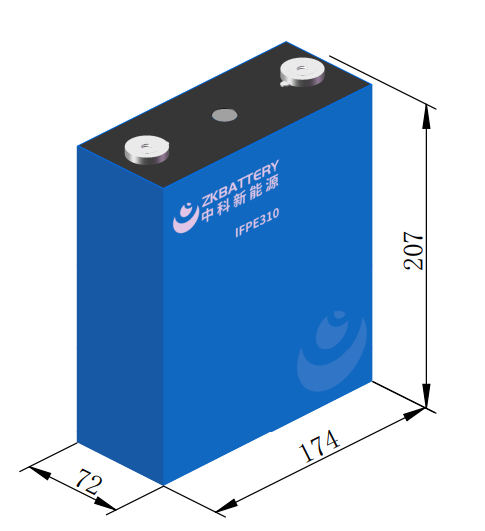How To Wake Up The Dormant Lithium Iron Phosphate Battery?
How To Wake Up The Dormant Lithium Iron Phosphate Battery?
If a long time to place the lithium iron phosphate battery can not give your equipment power supply, this is not a battery failure, but the battery into a dormant mode, which is a kind of battery “self-protection”, for the dormant lithium iron phosphate battery how to wake up?
If you don't know lithium iron phosphate battery, you may not know the hibernation mode or protection mode, both modes are part of the battery built-in Battery Management System (BMS), which is set to facilitate the management of lithium iron phosphate battery and real-time detection and monitoring of the battery status, by setting certain qualifying conditions, and when the conditions are met, the protective measures of shutting down the battery are taken, until it is safe to operate again.
Hibernation mode means that the Li-FePO4 battery is in a state of non-use and low battery, and the mode of disconnecting the power output is enabled in order to conserve power and prolong the battery's usage time. Protection mode for LiFePO4 batteries refers to the safety features built into the battery management system (BMS) to prevent potential damage or hazardous conditions. When a LiFePO4 battery enters protection mode, it usually means that certain conditions or parameters have been exceeded, such as overcharge, overdischarge, over-temperature, over-current, short-circuit, etc., which will trigger the protection mode of the BMS, so the hibernation mode is actually a further extension of the protection mode.
When does it go into hibernation mode?
This usually occurs when the battery is not used for a long period of time. As a result of not using the battery for a long period of time, the battery will self-discharge internally, and the battery management system (BMS) will enter hibernation mode when the battery cell pack falls significantly below the voltage cutoff (LVC) threshold.
How do I wake up from hibernation mode?
A dormant battery can be woken up by charging activation or communication.
Charge activation: Connect the dormant battery to the special charger equipped by the manufacturer for charge activation to prevent any damage or overcharging.
Communication wake-up: Connect the dormant battery to the host computer or battery-using device for communication wake-up.
How to minimize the occurrence of this situation?
To minimize the occurrence of this situation, normal maintenance of the battery is required, so as to avoid dormancy problem when the battery is left unused for a long period of time, which will affect the normal use of the battery. Therefore, when the batteries are not used for a long time, they should be stored at room temperature with the charge maintained at 40%-60%, and it is recommended to recharge them every 3 months to avoid lithium iron phosphate batteries being in a fully discharged state to ensure the health of the batteries. For more specific maintenance, please follow the operating instructions and precautions for lithium iron phosphate batteries provided by the manufacturer.
Will regular charging affect the life of lithium iron phosphate batteries?
No, it will not! Don't leave the battery fully discharged before recharging and your battery will remain in good health. Many Li-FePO4 batteries have a 10 year/2,000 cycle life, such as the 26650 Li-FePO4 cells, of which the IFR26650-30B and IFR26650-33A cells with 100% DOD can even reach a cycle life of over 3,000 cycles.

 English
English
RV Power Battery PACK Solution
detailed description of the power battery PACK solution scheme for RV: 1. Battery type selection 2. Battery capacity and voltage 3. PACK structure design 4. Thermal management design 5. Safety design 6. Performance optimization
Read MoreLithium Iron Phosphate Battery Cycle Life and Factors Affecting Life
As a leader in lithium battery technology, lithium iron phosphate batteries are highly regarded for their excellent performance and long life.
Read MoreLithium Battery And Lead-Acid Battery Transport Un Number Description
Lithium battery packs are classified in Class 9 dangerous goods - miscellaneous dangerous substances, the United Nations number is UN3080, UN3081, UN3090, UN3091, and the transport packaging category is Class II
Read More